13 Makeup Trends From Asia That Changed Global Beauty Looks
Asian beauty trends have shaped the way makeup is worn around the world. From fresh skin looks to playful lip and eye styles, many of today’s popular techniques started in countries like Korea, Japan, and China. These trends show how simple ideas can travel far and influence global beauty routines.
This post may contain affiliate links, which helps keep this content free. Please read our disclosure for more info.
Cushion Foundations (K-Beauty)
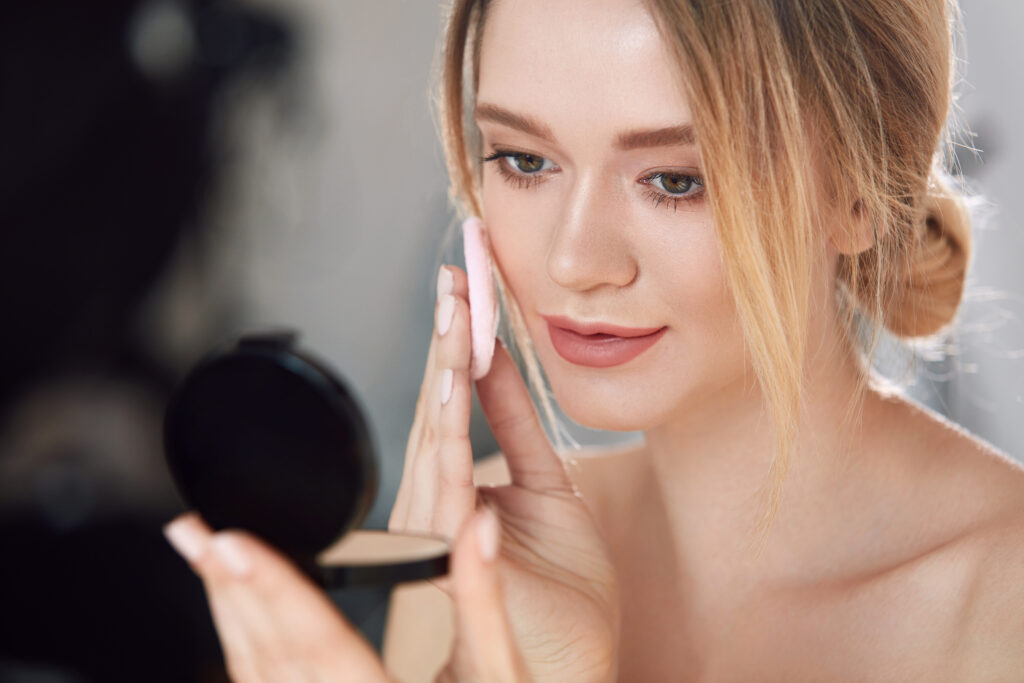
Cushion compacts brought a whole new way of applying foundation. Instead of pouring liquid from a bottle, users pressed a puff into a sponge soaked with product and tapped it onto the skin. The result was a lightweight finish that blended seamlessly, making it ideal for quick touch-ups.
This innovation also changed packaging expectations in the West. The portable design combined convenience with skincare ingredients like SPF and hydrating serums, creating a product that people carried everywhere. It set a new standard for multitasking foundation.
Glass Skin Trend (Korea)
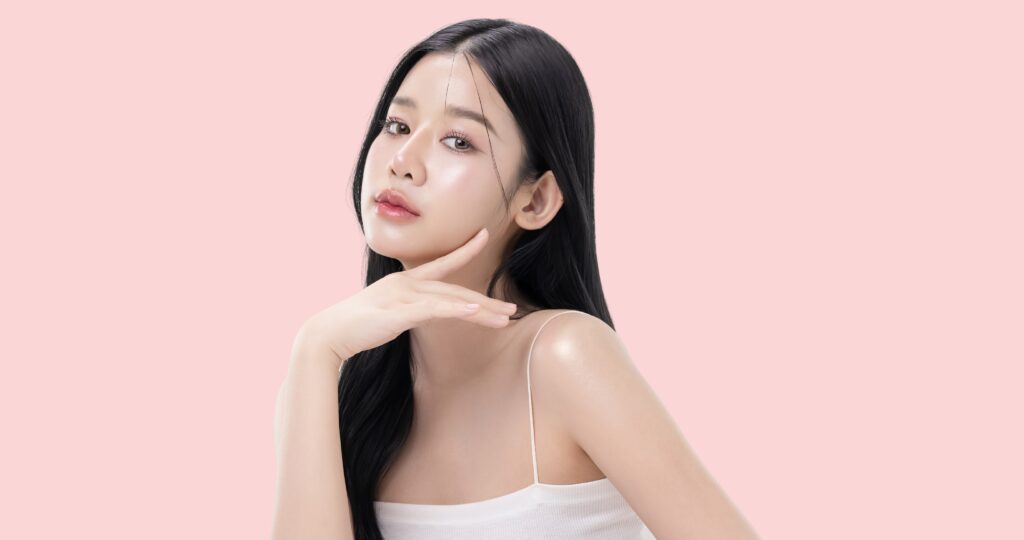
The glass skin look focuses on hydration and luminosity, giving the face a near-reflective glow. It emphasizes layers of skincare and minimal makeup to achieve a smooth, healthy finish. Many global influencers and celebrities adopted this approach, shifting away from heavy, matte coverage.
The trend also influenced product development worldwide. Brands began creating primers, serums, and sprays designed to mimic this radiant sheen. What started as a Korean ideal soon became a universal symbol of fresh, youthful skin.
Gradient Lips (Korea & Japan)
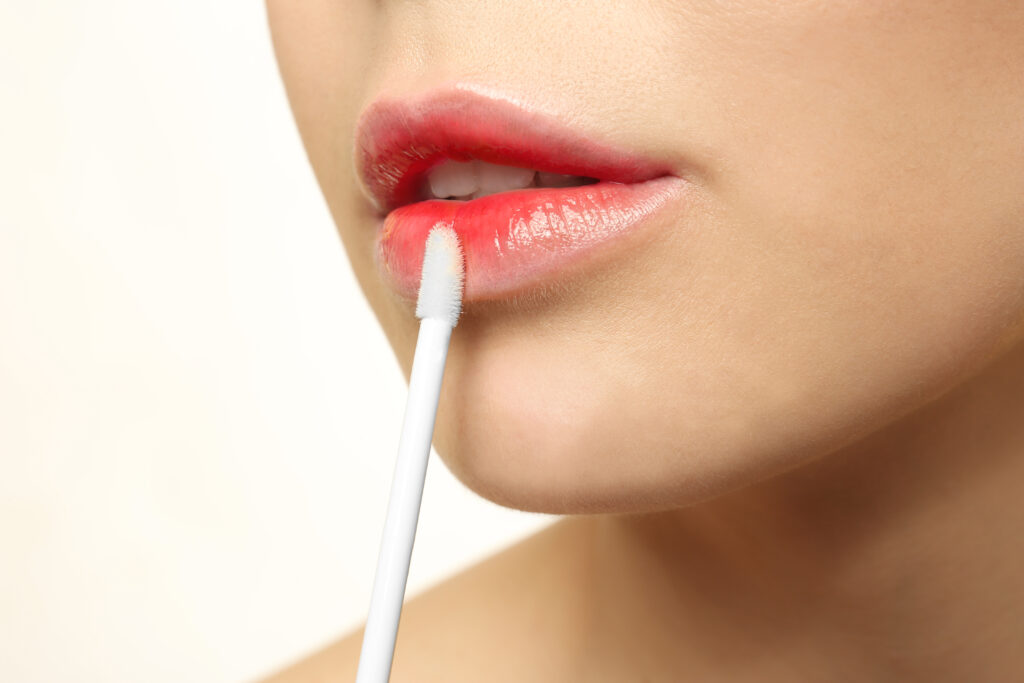
Gradient lips, often referred to as ombré lips, feature darker pigment concentrated in the center of the lips that fades softly outward. The effect creates a soft, blurred look that feels playful and youthful. This style contrasts sharply with the sharply lined lips once popular in the West.
The look gained traction in international campaigns and on runways. Global brands began offering two-tone lipsticks and tints to replicate the effortless fade. It quickly became a go-to style for those seeking a more casual, approachable lip look.
Straight Brows (K-Beauty)
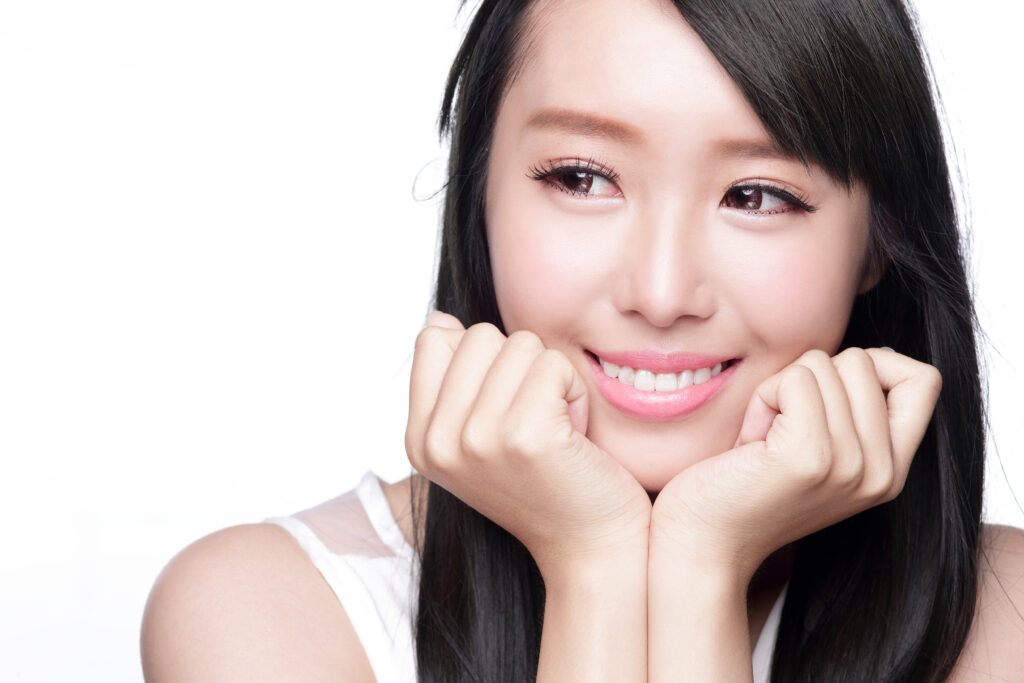
Unlike the arched brows that dominated Western beauty for decades, straight brows create a softer frame for the face. This style suggests a youthful, approachable image while still appearing polished. Korean celebrities and dramas heavily influenced the spread of this brow look.
Eventually, eyebrow products adjusted to meet demand. Gels, powders, and pencils were designed to help shape brows into flatter, straighter lines. The change marked one of the most visible shifts in global brow trends.
Dramatic Under-Eye Makeup / Aegyo-sal (Korea)
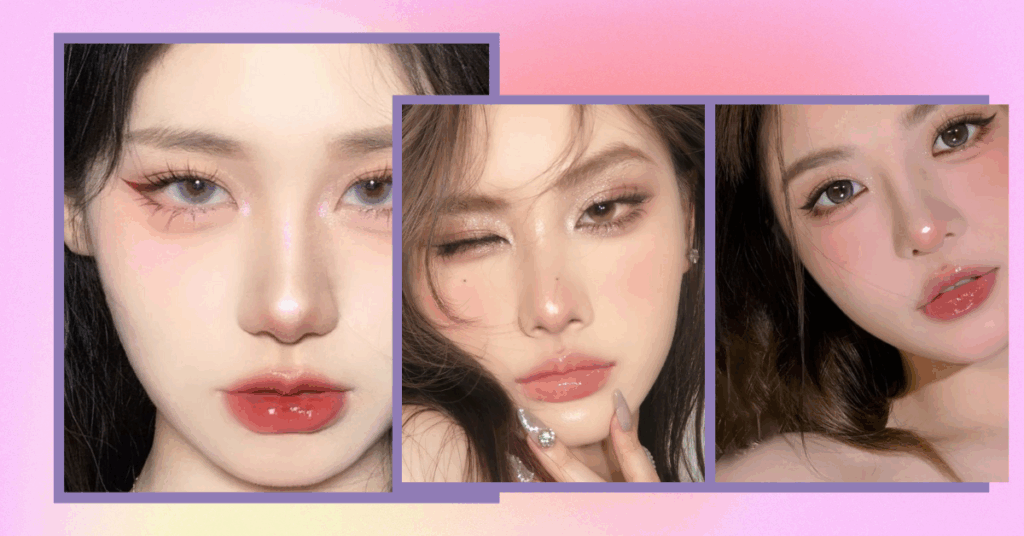
Aegyo-sal highlights the small pocket of fat under the eye to give a playful, lively appearance. This look is achieved with light shimmer or highlighting pens paired with soft shading. The goal is to appear more youthful and approachable.
In time, makeup lovers outside Asia adopted similar styles. Under-eye sparkle and subtle highlighting became popular at festivals and in editorial shoots. It proved that even small makeup changes can reshape how people perceive the face.
Colored Contact Lenses (Japan & Korea)
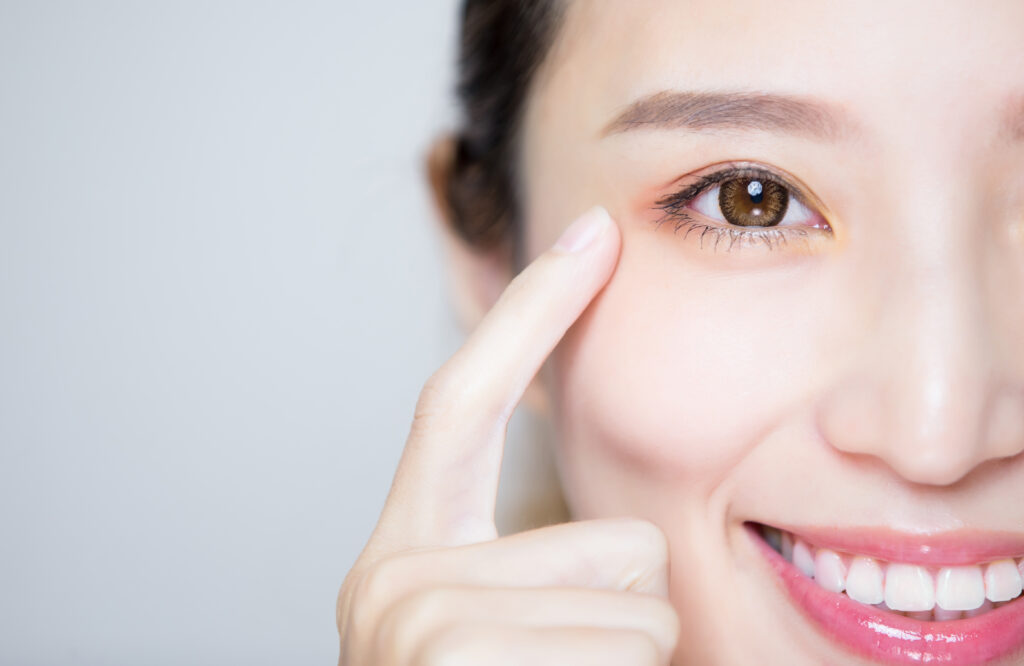
Colored contacts became a fashion accessory in Japan and Korea long before they were common elsewhere. They allowed wearers to adjust their look dramatically, either with natural shades or striking colors. This shift blurred the line between makeup and accessories.
The popularity of contacts grew as K-pop idols and J-drama actors wore them regularly. International fans soon followed, making colored lenses a mainstream product in global beauty stores. They remain a key part of many makeup looks today.
Pops of Bright Blush (Japan’s Igari Look)
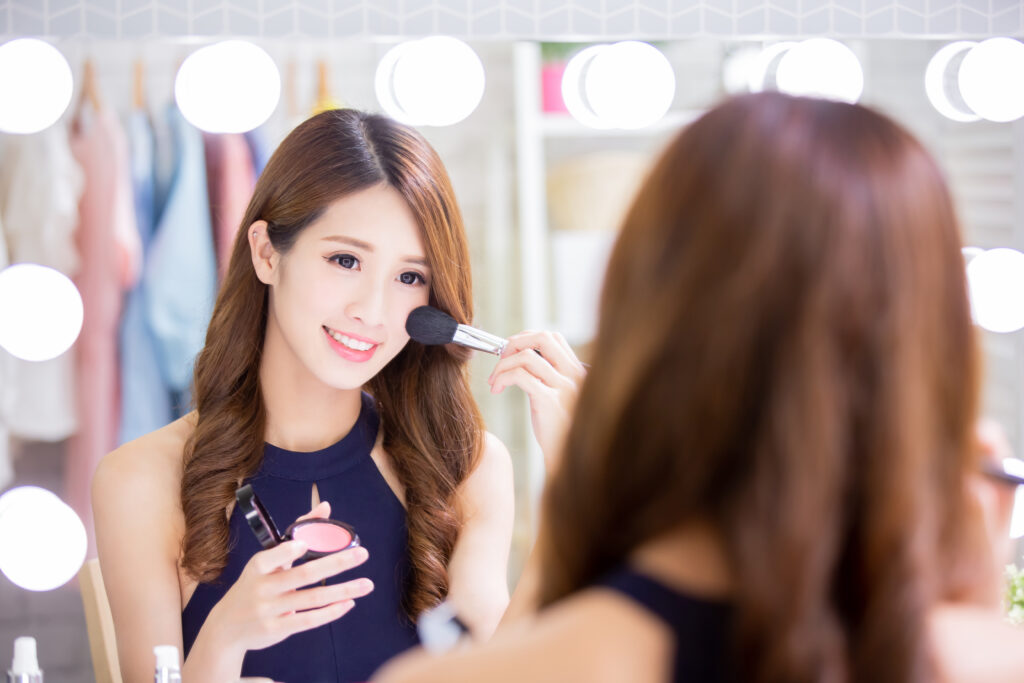
The Igari makeup style, also known as “drunk blush,” applies blush high on the cheeks and across the nose. This placement gives the impression of warmth and liveliness. It adds a sense of innocence while still feeling fashionable.
Western influencers quickly noticed the playful effect. Soon blush palettes expanded to include brighter shades, and new placements became widely acceptable. The idea of experimenting with where blush goes changed makeup routines across cultures.
Glossy & Vinyl Lips (Korea & China)
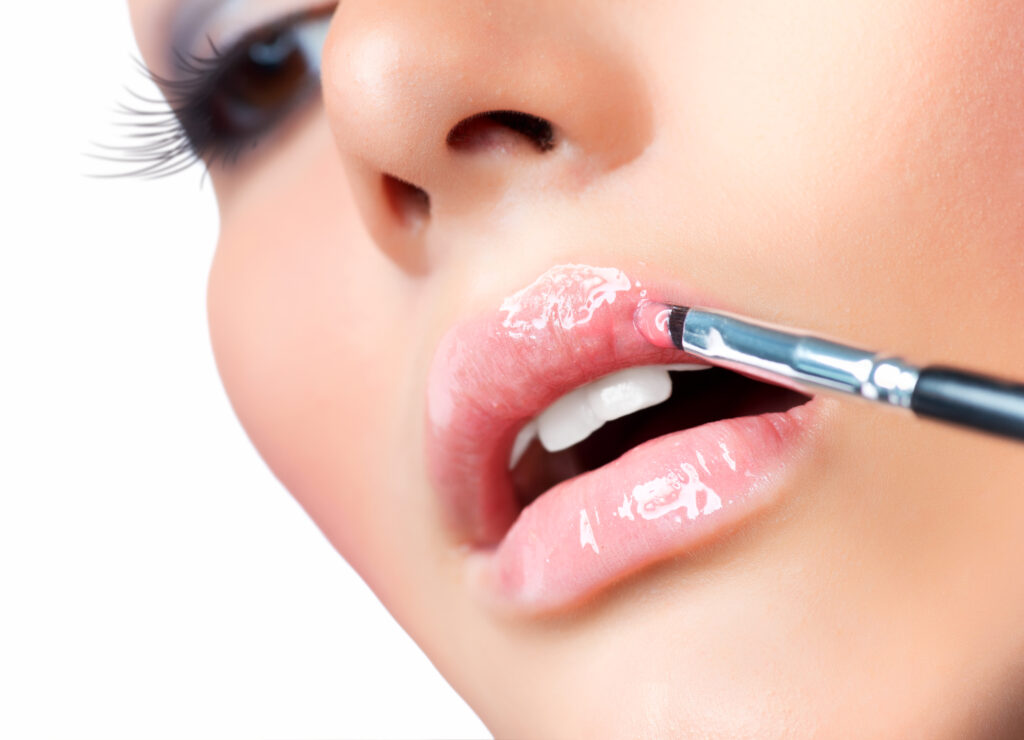
While matte lips dominated Western beauty for years, Asia brought back the glossy shine. Glossy and vinyl finishes gave lips a youthful plumpness that matte formulas could not. These looks became popular for their fresh, radiant appeal.
Soon, global brands relaunched lip glosses and added vinyl lines to their collections. Social media amplified the look as influencers embraced high-shine finishes. The shift sparked a revival of lip gloss culture worldwide.
Anime & Doll-Like Lashes (Japan)
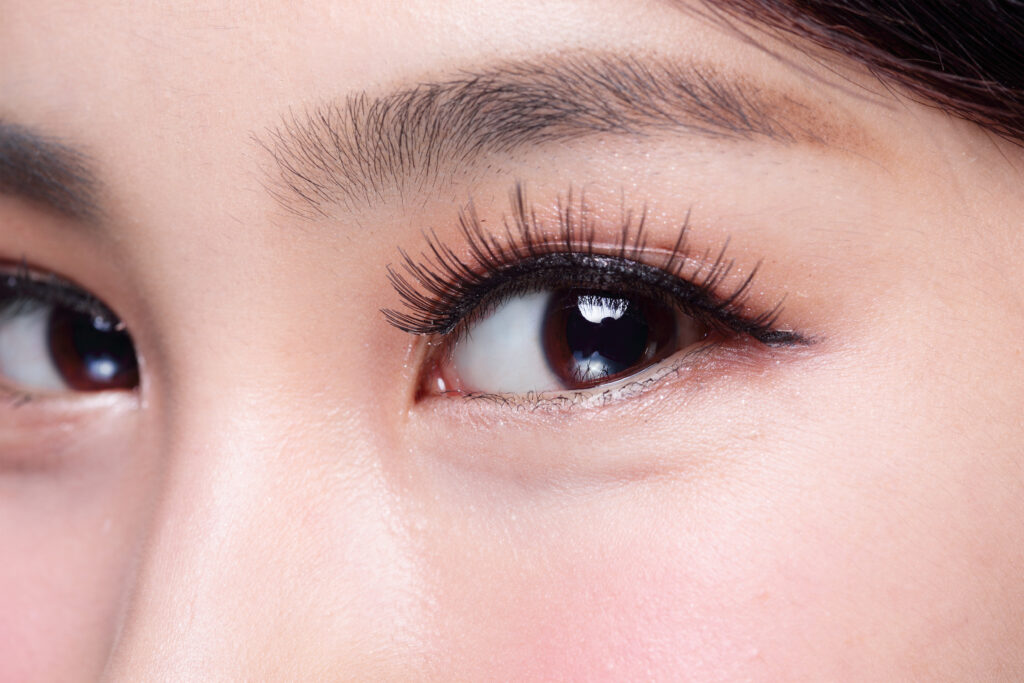
Japan’s influence on lash styling is undeniable. Doll-like lashes often mimic anime characters, with long, spiky, or layered designs. This approach highlights the eyes in a dramatic yet whimsical way.
Western beauty soon followed with new mascara wands and innovative falsie designs. Many brands even marketed products specifically as “doll lashes.” The style brought a sense of fun back into lash trends.
Face Masks as Makeup Prep (Korea & Japan)
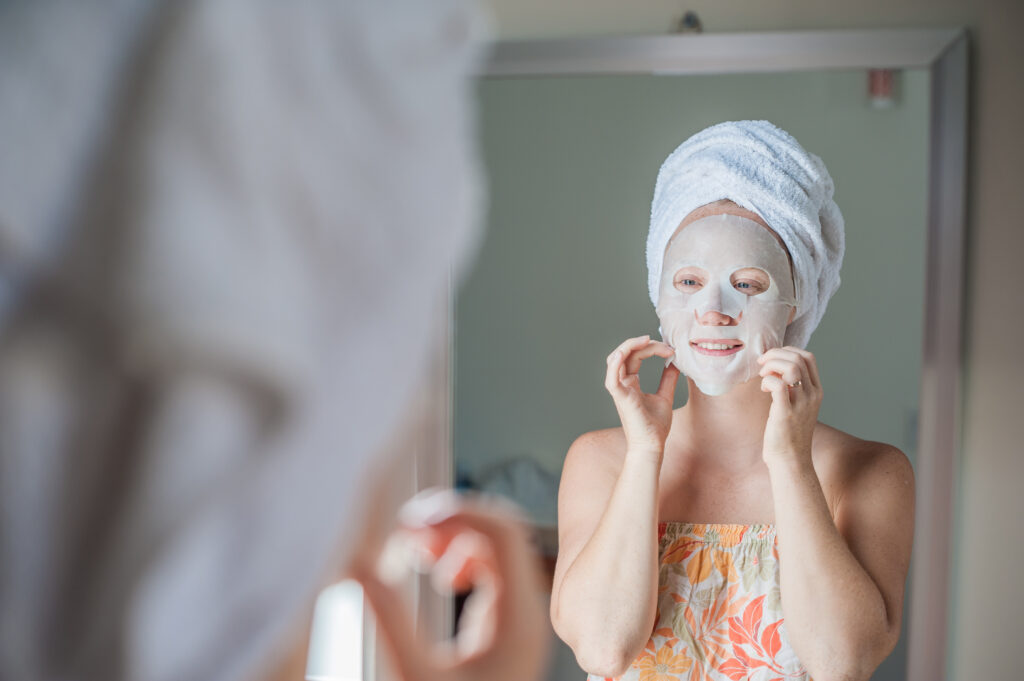
Sheet masks and hydrogel patches were originally skincare staples in Asia. Soon, they became essential steps before makeup to smooth and hydrate the skin. This prep created a flawless base that foundation could adhere to better.
Makeup artists backstage at fashion shows quickly adopted this habit. As a result, masks gained global popularity not only for skincare but also as a beauty prep tool. It shifted how people viewed the link between skincare and makeup.
Highlighter Placement (C-Beauty & K-Beauty)
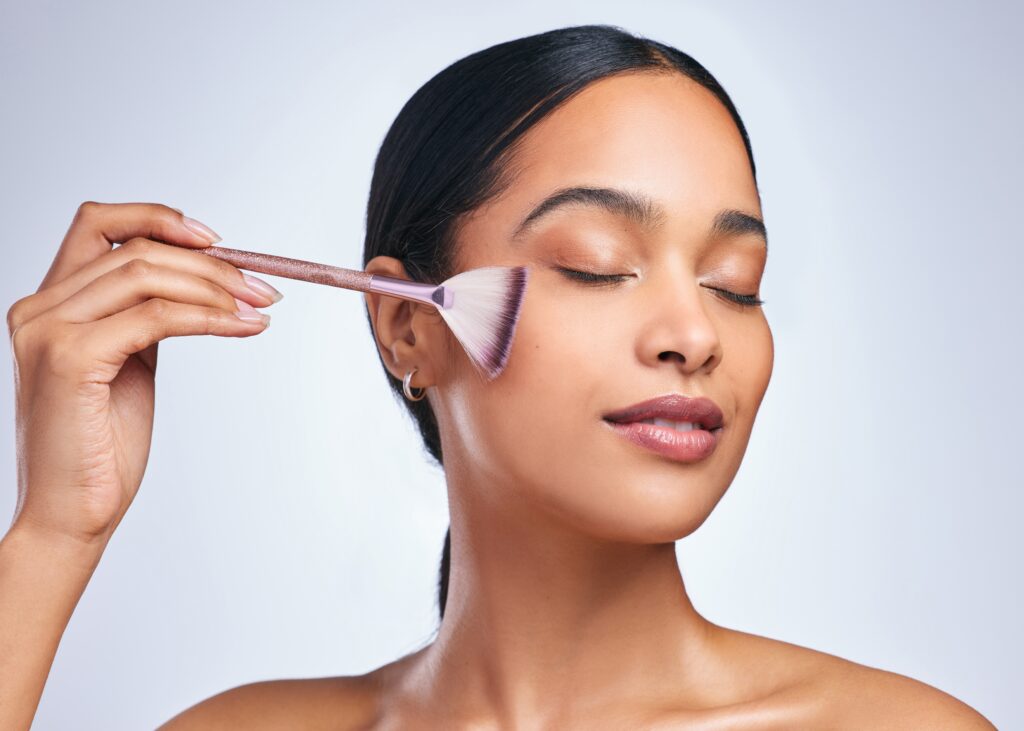
Highlighters in Asia were never limited to cheekbones. Makeup enthusiasts placed shimmer on the nose bridge, chin, and even eyelids for a softly sculpted look. This technique brought a more youthful and playful take on highlighting.
Western trends soon followed suit. Suddenly, highlighter palettes featured multiple shades for different parts of the face. This broadened the idea of where and how glow should be applied.
Two-Tone & Ombré Hair-Makeup Pairing (Japan & Korea)
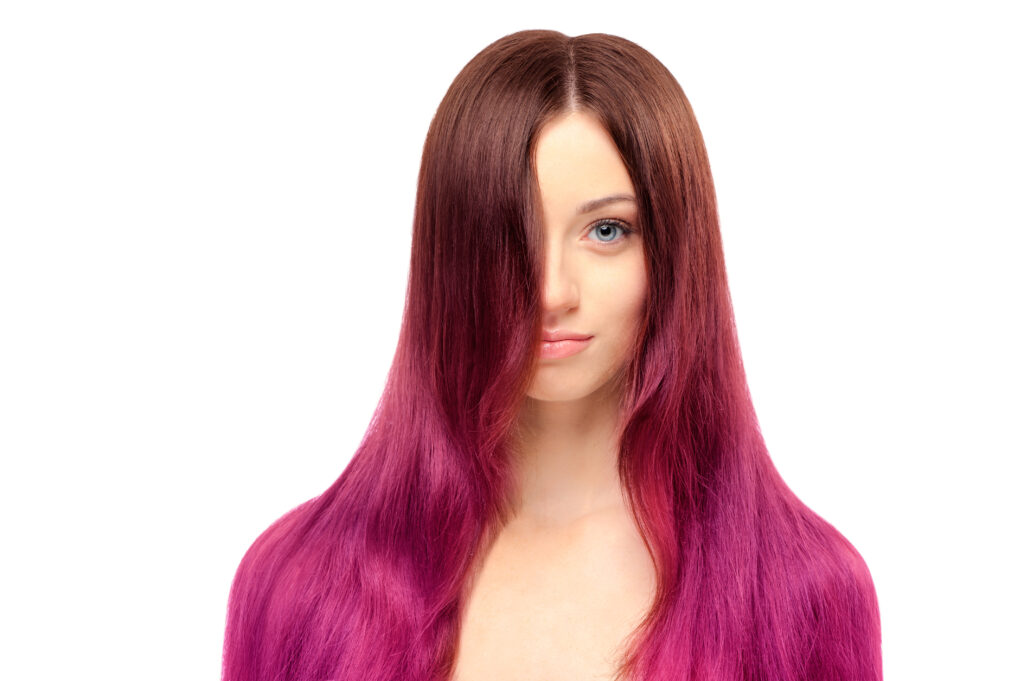
Hair and makeup coordination gained traction in Asia with two-tone trends. Bold lip colors often matched or contrasted dip-dyed hair shades, creating cohesive style statements. The look was daring yet wearable, sparking interest among younger audiences.
Runways soon adopted the concept, pairing neon lips with pastel strands. The idea of matching makeup to hair color spread across beauty magazines and tutorials. This trend encouraged more playful experimentation with overall styling.
Minimalist “No-Makeup Makeup” (Across Asia)
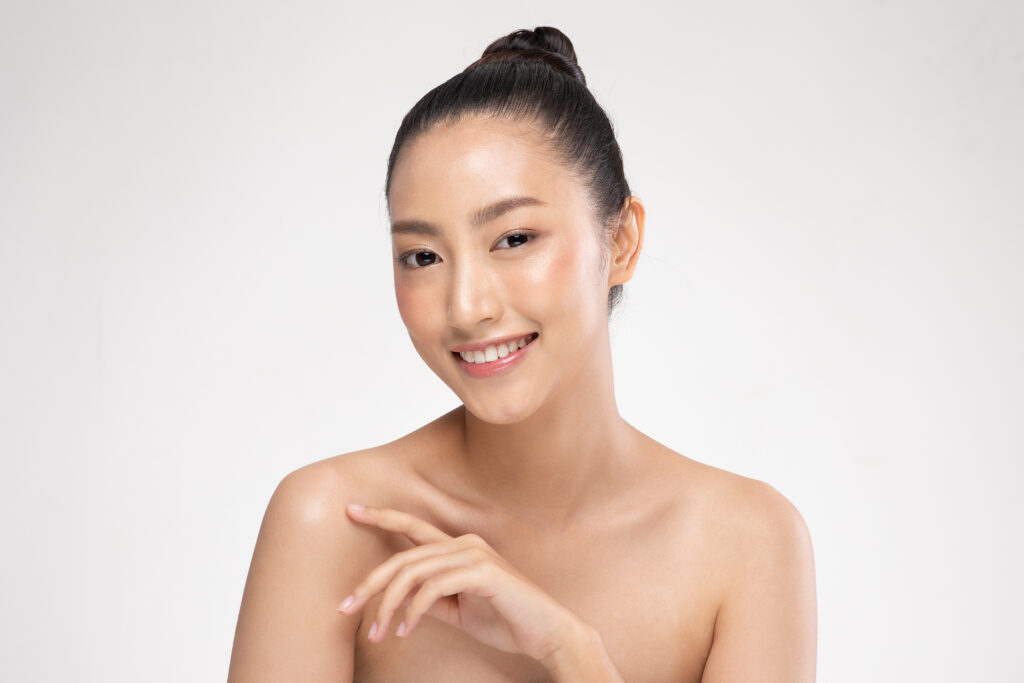
The “no-makeup makeup” look highlights natural features with subtle products. Instead of heavy contouring or thick coverage, the focus is on sheer foundation, light blush, and natural brows. This approach emphasizes skin health and authenticity.
Western beauty eventually embraced the idea as a refreshing alternative. Brands launched tinted moisturizers, skin tints, and lighter concealers to meet demand. The look became a staple for those seeking polished but effortless beauty.
This article originally appeared on Avocadu.
